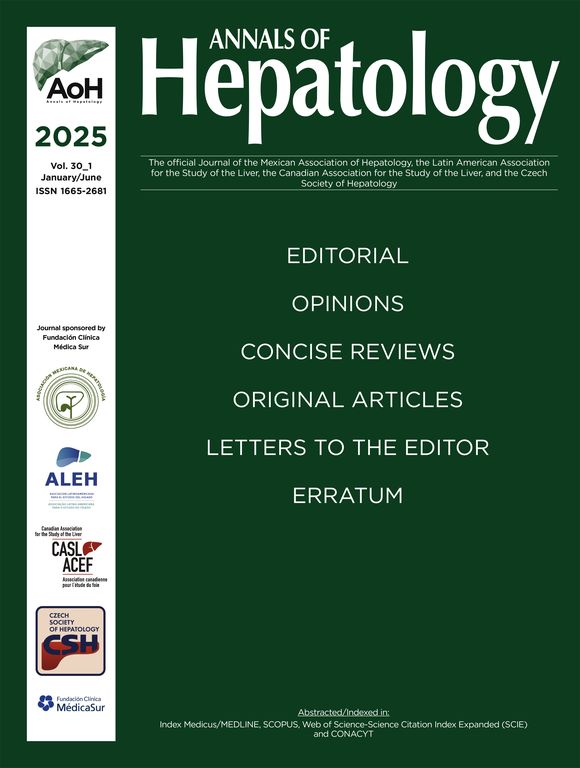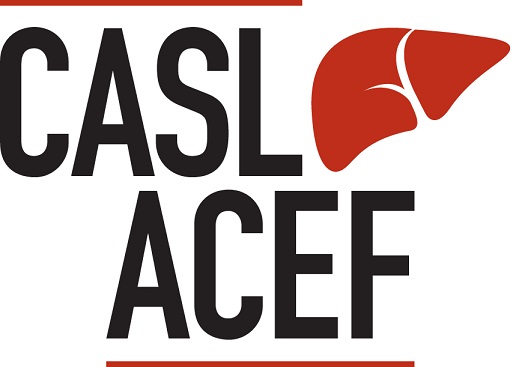
Abstracts of the 2024 Annual Meeting of the ALEH
More infoNo
Introduction and ObjectivesWilson's disease (WD) is a rare autosomal recessive disease leading to impairment in copper excretion and subsequent accumulation primarily in the liver and brain. Long-term survival appears to be similar to that of the general population, depending on early diagnosis and treatment. However, studies evaluating WD survival are scarce. We aimed to evaluate the long-term survival of a cohort of WD patients followed at a single Hepatology Center in Brazil.
Patients / Materials and MethodsDemographic characteristics, age at diagnosis, type of manifestation (isolated hepatic, isolated neuropsychiatric or associated hepatic and neuropsychiatric) of WD patients, followed between 1999 and 2023, were evaluated. The average survival and its relationship with the predominant disease phenotype were determined.
Results and Discussion34 patients were evaluated, 53% female, mean age at diagnosis 21 ± 9 years (6 to 42), disease duration of 11 ± 7 years (1 to 25) until outcome. The majority (47%) had the isolated hepatic manifestation, 38% hepatic neuropsychiatric manifestations and 15% isolated neuropsychiatric disorder. The overall population mortality rate was 36%. The mean age at the time of death was 33 ± 12 years (11 to 55). The estimated average survival at 5 years was 85%, at 10 years 70% and at 20 years 40%, from diagnosis. There was a tendency towards lower survival in patients who presented neuropsychiatric manifestations, either alone or in association with liver disease, compared to patients with isolated liver manifestations (50% vs. 80%; p= 0.07). There was no difference in survival curves according to gender (p=0.82) or considering the age at onset of the disease above or below 20 years (p=0.54).
ConclusionsDespite being potentially treatable, WD still presents high mortality, affecting young patients, whose survival rate is greatly reduced. WD patients with neuropsychiatric symptoms had worse survival. These data highlight the need for earlier diagnosis and easier access to treatment.












